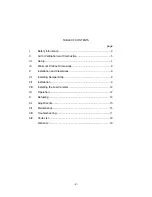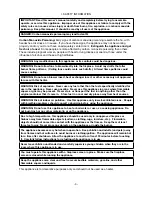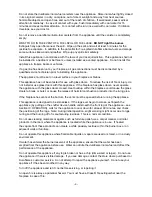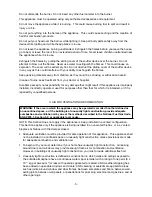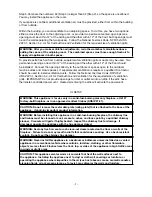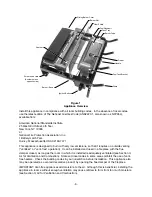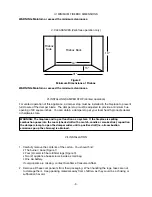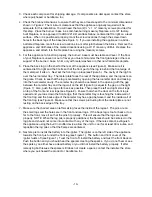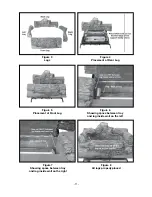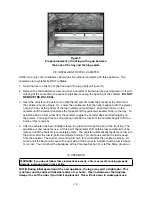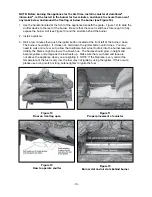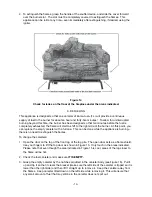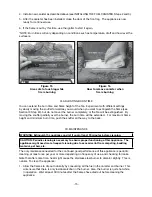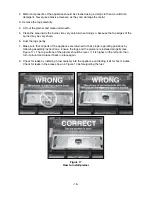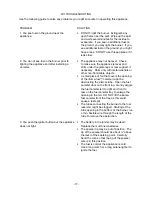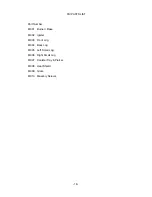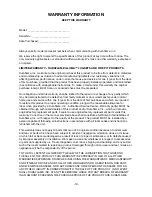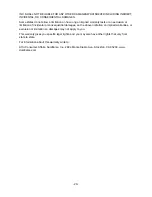
-5-
Do not dismantle the burner. Do not insert any other fuel canister into the burner.
This appliance must be operated using only authorized accessories and equipment.
Do not move the appliance while it is burning. This could cause burning fuel to spill and result in
injury or a fire.
Do not put anything into the flames of the appliance. This could cause sooting and the creation of
harmful combustion products.
Do not put your head over the burner while lighting it. Keep all body parts safely away from the
device while igniting and while the appliance is in use.
Do not leave the appliance burning unattended. Extinguish the flames before you leave the house,
go to bed, or leave the room for an extended period of time. Never leave children unattended near
the appliance while it is in use.
Extinguish the flames by pulling the sliding cover of the snuffer device over the burner. Do not
attempt to blow out the flames. Never use water to extinguish the flames. This could cause an
explosion. The cover will be extremely hot. Do not obstruct the sliding cover of the snuffer device
in any way as this could interfere with your ability to extinguish the flames.
Keep packing materials away from children, as they could be a choking or suffocation hazard.
In case of burns, seek treatment from your doctor or hospital.
Duraflame accepts no responsibility for any damage that might result if this appliance is improperly
installed, incorrectly operated, used for purposes other than that for which it is intended, or if it is
repaired by unqualified persons.
II. AIR FOR VENTILATION AND COMBUSTION
WARNING: If the area in which the appliance may be operated is smaller than that defined as
an unconfined space, or if the building is of unusually tight construction, provide adequate
combustion and ventilation air by one of the methods described in the National Fuel Gas Code,
ANS Z223.1, Section 5.3, or applicable local codes.
NOTE: This Section does not apply if the appliance is being installed in a vented configuration.
This Section applies only if the appliance is being installed in an unvented firebox, or in a vented
fireplace or firebox with the damper closed.
• Adequate ventilation must be provided for safe operation of this appliance. This appliance shall
not be installed in a confined space or unusually tight construction unless provisions are made
for adequate combustion and ventilation air.
• To begin with, you must determine if your home has unusually tight construction. Air leaking
around doors and windows may provide enough fresh air for combustion and ventilation.
However, in buildings of unusually tight construction, you must provide additional fresh air.
• Unusually tight construction is defined as construction in which walls and ceilings exposed to
the outside atmosphere have a continuous water vapor retarder with a rating of one perm (6 x
10
-11
kg per pa-sec-m
2
) or less with openings gasketed or sealed; AND weather stripping has
been added on openable windows and doors; AND caulking or sealants are applied to areas
such as joints around window and door frames, between sole plates and floors, between wall-
ceiling joints, between wall panels, at penetrations for plumbing, electrical and gas lines, and at
other openings.


